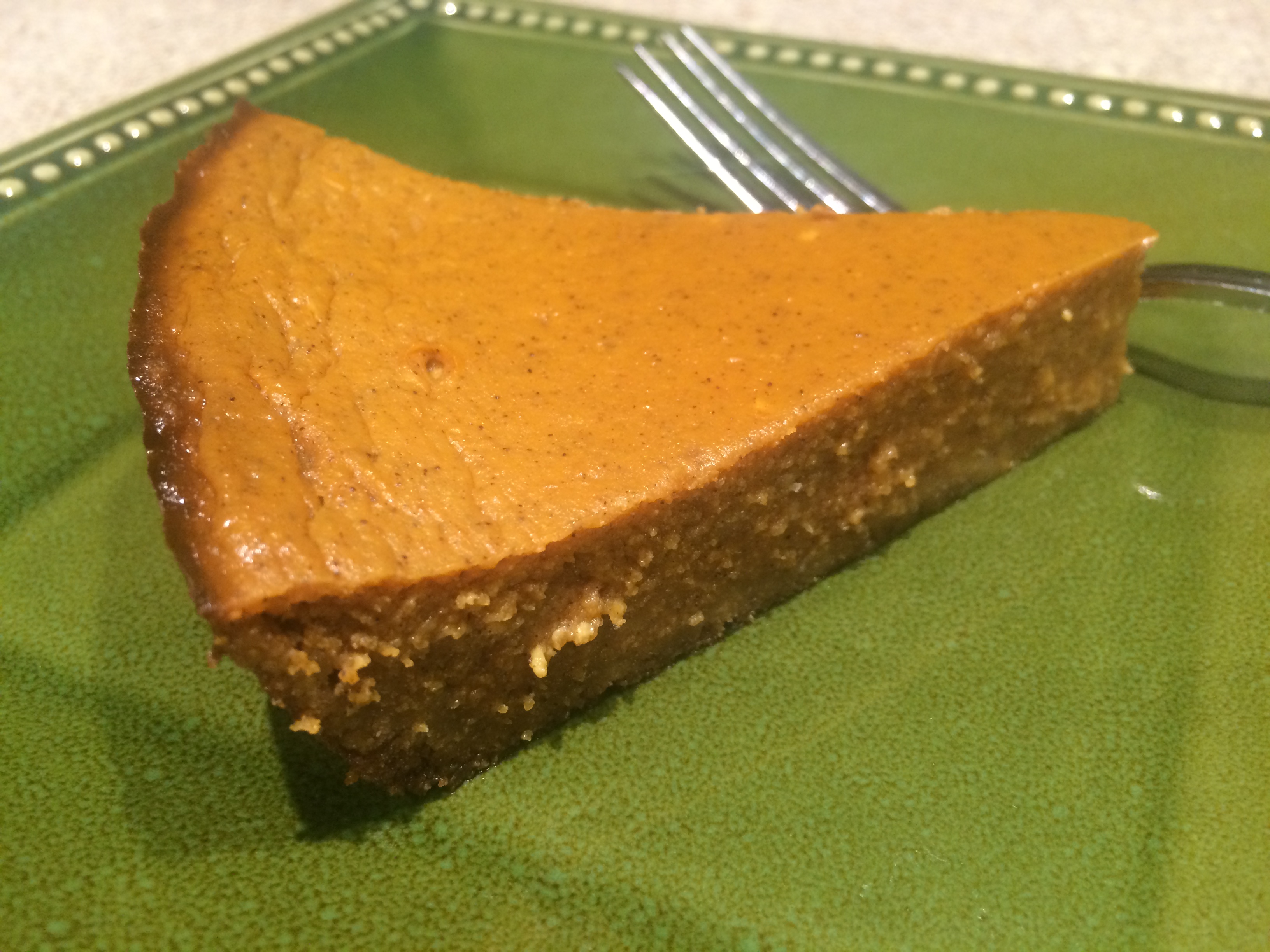Pumpkin Pie is Synonymous with Thanksgiving
TEXARKANA, Ark. –
Pumpkin pie originated when the colonists sliced off the pumpkin top, removed the seeds, and filled the insides with milk, spices and honey. The pumpkin was then baked in hot ashes. Lucky for us, we don’t have to go through all that trouble today for a slice of pumpkin pie, a tradition that is synonymous with Thanksgiving. We can make a pumpkin pie with little effort and still enjoy all the health benefits of that bright orange fruit.
Health benefits of pumpkin
The color is an indicator that the pumpkin is loaded with beta-carotene, one of the plant carotenoids converted to vitamin A in the body. Beta-carotene may reduce the risk of developing certain types of cancer and protect against heart disease. It also offers protection against other diseases as well as some degenerative aspects of aging.
One cup cooked pumpkin has only 49 calories, 12 carbohydrates, 3 grams of fiber and no fat or sodium, and is a good source of Vitamin A, Vitamin B, potassium, protein, and iron. Plus, as an added benefit, the pumpkin seeds, which provide protein and iron, make a great snack or lunch box item.
Choosing and preparing your pumpkin
To choose a pumpkin for cooking, look for a pie or sweet pumpkin. Smaller than jack-o-lantern pumpkins, the flesh is sweeter and less watery. If you have a large pumpkin left over from decorating, you can substitute it with fairly good results.
There should be 1 to 2 inches of stem left. Stems too short will decay quickly or may be decaying at the time of purchase. Avoid those with blemishes and soft spots. Figure one pound of raw, untrimmed pumpkin for each cup finished pumpkin puree.
To get to the meat of the pumpkin, cover your work surface. Start by removing the stem with a sharp knife. If planning to roast the pumpkin seeds, smash the pumpkin against a hard surface to break it open. If not, cut in half with a sharp knife. In any case, remove the stem and scoop out the seeds and scrape away all of the stringy mass. Discard the strings.
You can choose to cook the pumpkin either in boiling water or the oven. To cook using the boiling water method, cut the pumpkin into large chunks and rinse in cold water. Place pieces in a large pot with a cup of water. Cover the pot and boil for 20 to 30 minutes or until tender. Check for doneness by poking with a fork. Drain the cooked pumpkin in a colander.
If you prefer to cook yours in the oven, cut pumpkin in half, scraping away stringy mass and seeds; rinse under cold water. Place pumpkin, cut side down on a large cookie sheet. Bake at 350°F for one hour or until fork tender.
Making your own pumpkin puree
To make the puree, wait until the pumpkin is cool enough to handle; remove the peel using a sharp knife and your fingers. Put the peeled pumpkin in a food processor and puree or use a food mill, ricer, strainer or potato masher to form a puree.
If not using the puree immediately, it freezes well. Once cooled, measure into one cup portions, place in ridged freezer containers, leaving ½-inch headspace or pack into zip closure bags. Label, date and freeze at 0°F for up to one year. This puree can be used the same way you would solid pack canned pumpkin.
I have always had great luck with this pumpkin pie recipe. The crust is the difference. It has very little fat or sodium and saves you over 100 calories per slice from the traditional version and it tastes identical! Give it a try and let me know what you think.
Easy Pumpkin Pie
- 1 cup ginger snaps (about 16 cookies)
- 2 cups pumpkin puree
- ½ cup egg whites (about 4)
- ½ cup sugar
- 2 tsp pumpkin pie spice
- 12 oz can evaporated skim milk
- Preheat oven to 350°.
- Grind the cookies in a food processor.
- Lightly spray a 9" glass pie pan with vegetable cooking spray.
- Pat the cookie crumbs into the bottom of the pan evenly.
- Mix the rest of the ingredients in a medium-sized mixing bowl.
- Pour into the crust and bake until knife inserted in center comes out clean, about 45-55 minutes.
- Allow to cool and slice in 8 wedges. Store in the refrigerator. Serve each wedge with fat free whipped cream if desired.
Each slice equals 165 calories, 1.5 g fat, 170 mg sodium, 32 g carbohydrate, 2 g fiber, 6 g protein.
By Carla Haley-Hadley
County Extension Agent - FCS
The Cooperative Extension Service
U of A System Division of Agriculture
